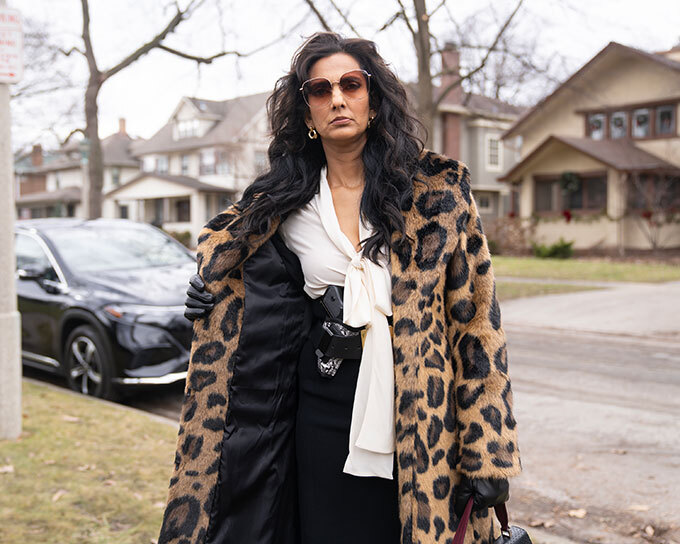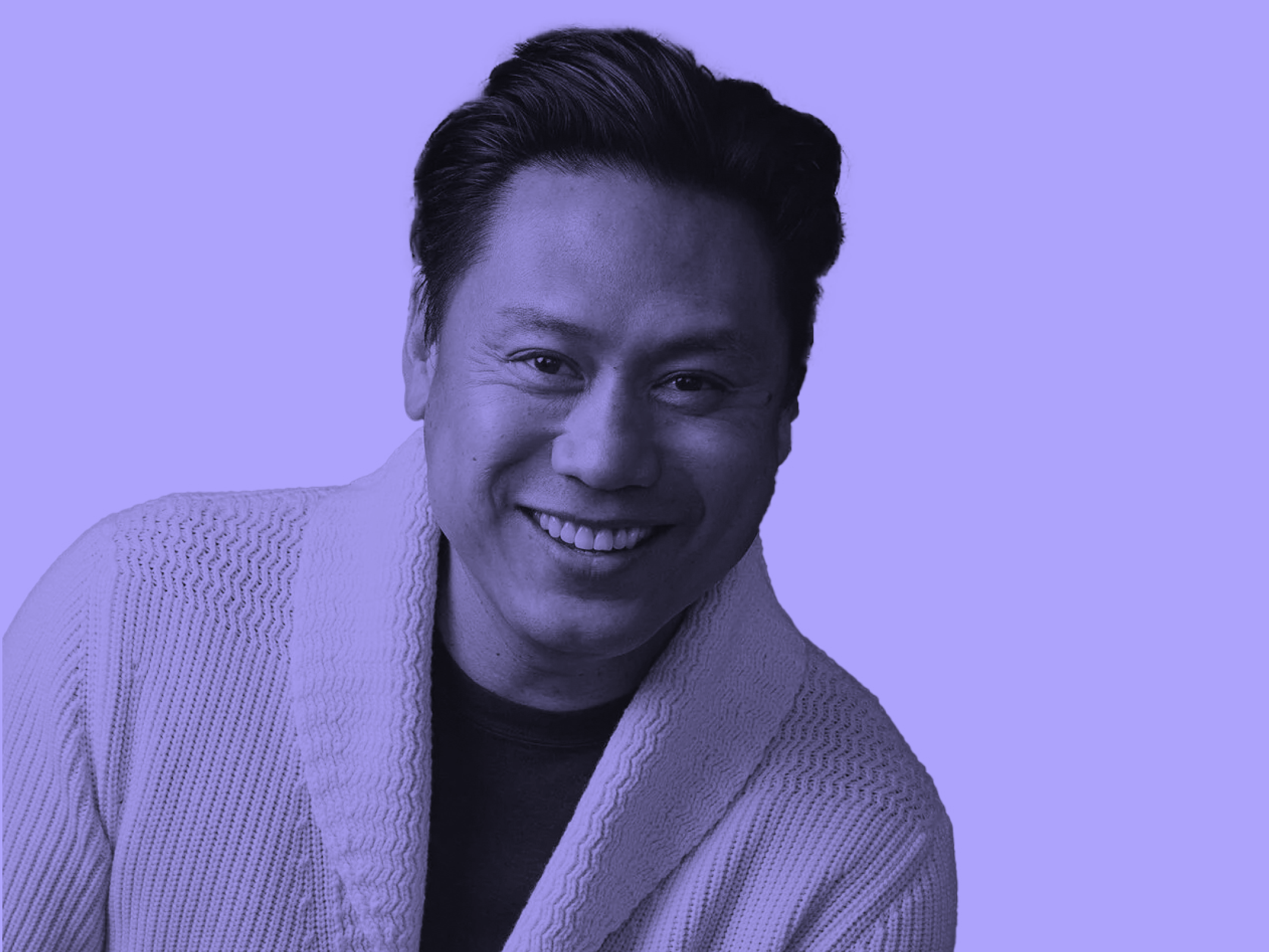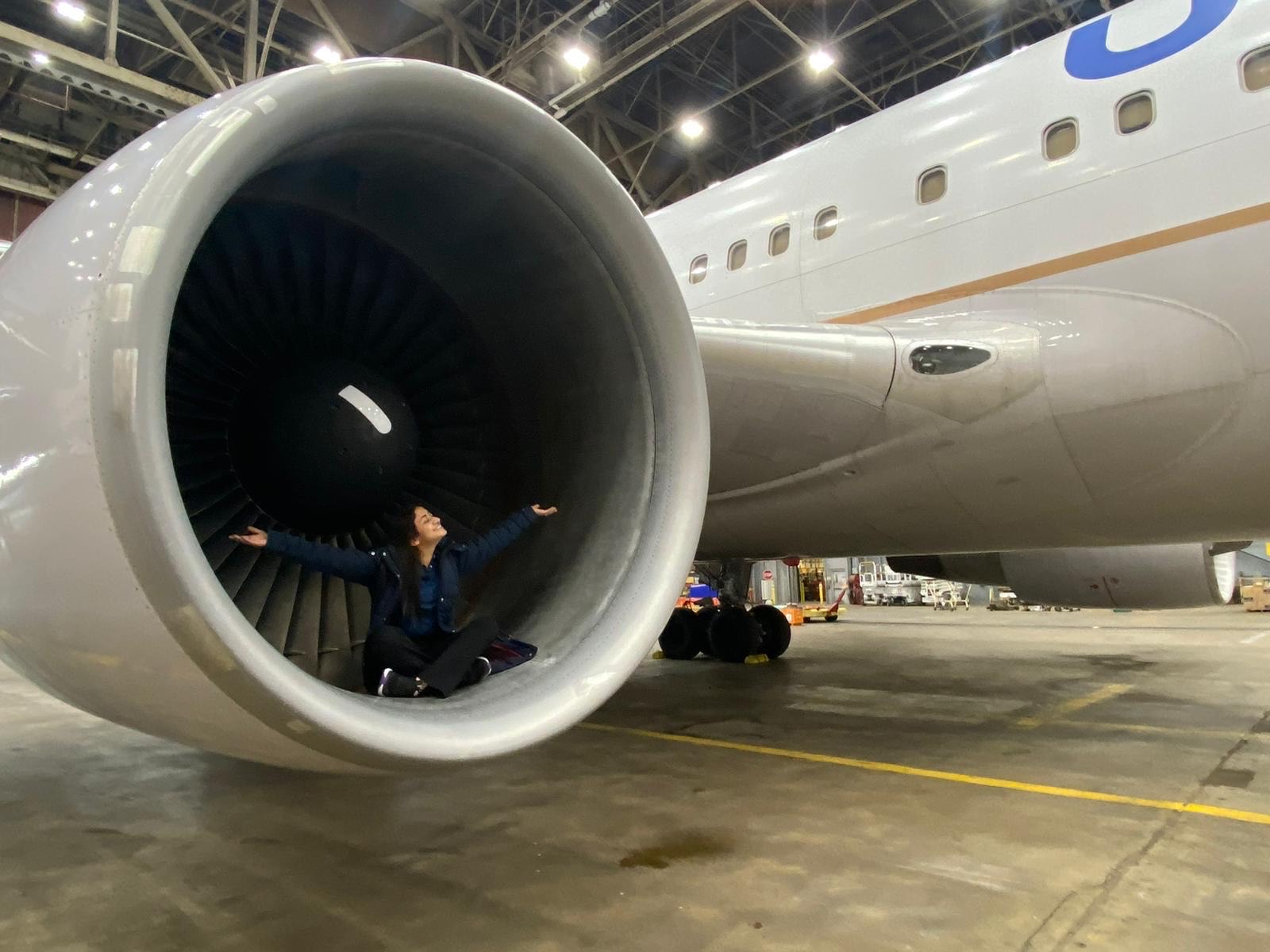
April 3, 2014
Q&A with Alice Twemlow, Chair of the SVA Department of Design Research, Writing + Criticism
Why change the D-Crit program? Some of our favorite contributors are affiliated with D-Crit.
And they still will be! The change comes for a number of reasons. After five years of D-Crit, we are able to reflect on our strengths and the ways in which a program philosophy has emerged. We believe that excellent criticism is based on the foundation stones of excellent reporting, research, and storytelling—what instructor and critic Karrie Jacobs calls “Research By Walking Around” (or RBWA!), and what another instructor and BBC documentary interviewer Adam Harrison Levy refers to as “stories with the tang of shoe leather.” We’ve always taught the techniques of reporting and research, but we’ve come to realize the importance of putting more focus on them, and expanding our offerings in these areas.
There is such confusion around the term “criticism;” many think it is some kind of armchair activity that is based solely on opinion and deftly wielded rhetoric. And while “critical distance” is important, it’s also important to get up really close to the subject matter you are working with—to “kick a building” as architecture critic Ada Louise Huxtable put it so well. Kicking a building means you have to get very close to it, physically and intellectually. With a building you might pace around its perimeter, see the way the sky is framed by its edges, run your fingers along grooves and joints, observe how people are exhaled from its egresses. It’s the same with a designed product. You need to stroke it, weigh it in your hands and, yes, maybe kick it, ask questions of all the constituents that it collects around it, consider its site of use, compare its ideal career (as envisioned by its creators and promoters) with what actually happens when mere mortals misinterpret and mis-use it… and bring it to real life.
The faculty members and students in the SVA Department of Design Research know that meaningful criticism is built upon curiosity, deep understanding of historical as well as social and political contexts, and extreme legwork. That’s why we’ve put such a pedagogical emphasis on interview techniques, research methods, and design history and theory. We also recognize the importance of the many other fundaments of criticism, such as learning how to build an argument, how to negotiate ethical issues, and develop a robust and identifiable position from which to speak, but ultimately I think that’s it’s active research—working with primary sources in archives and in the field, attending town meetings, visiting sites of design’s manufacture, use, and disposal, interviewing as many stakeholders as possible, for example—that is both the most important element in criticism and the most important element in strategic thinking about design, more generally. Our students’ research trails lead them to the nation branding print shops of South Sudan, housing projects in Newark, Brazilian favelas, Dansk’s founders in Denmark, the intersection of artist communities and real estate values in Detroit, and emerging high fashion design studios of Shanghai; to repair shops in New York, tiny houses in Colorado, bio-printing laboratories, interactive music video online discussion forums, and IKEA; and into the literature and theory of other disciplines especially anthropology, film studies, psychology, and biology. So it’s the mechanics of this kind of work that we now want to examine more closely, with the hypothesis that this kind of deep, rigorous, methodologically based research can be useful to many other fields, industry sectors, and institutions, beyond design criticism. By doing so I hope that we can help to create a more complex and fertile intellectual climate, with shared terms of reference, in which clients, the public and designers can meet, debate, make, and evaluate.
– So what’s new in the Design Research curriculum? Other than being shorter, how is it different?
The primary difference will be the thesis. Until now, students have had the luxury of developing a thesis project over the second year of their studies. With the one-year MA, we have to accelerate this process. Candidates should come to the program with a good idea of their proposed research territory—one that they are passionate about, and that is innovative and rich enough to withstand extended inquiry. During the Cultural Theory and Thesis Development seminar in the first semester we will help students refine and hone the parameters of their territories, identify problems, develop critical questions, conduct a literature review, and a plan for embarking on primary research. The final outcome of their research will take the form of a portfolio of projects that might include applied media, as well as written pieces.
The other big difference is that from now on criticism will not be the only goal or result of study. It will be one among a range of outcomes. For those with a particular interest in the practice of criticism, of course, it will still be there—indeed it is embedded in the heart of the department. But, encouraged by the success of our SVA Summer Intensive in Design Writing and Research, we are interested in exploring research as a viable product in itself, a contribution to be made to the design process, and to a spectrum of other media outcomes such as podcasts, videos, exhibitions, festivals, discussions, online publishing, institutional initiatives, museum curation, education, and so on. I don’t subscribe to the notion of the lonely critic writing in her garret, annoyed that her writing never reaches anyone. I think it is part of the job of a 21st century critic/writer/researcher to figure out the modes and means of reaching her audiences. So far our students have created a reality TV show, a boat tour, a pop-up exhibition in a bodega, an in-situ book club, a progressive dinner party, a non-profit organization, and a mobile ice-cream van, to name but a handful. Our focus on disseminating our work through multiple formats will only intensify, and I see us adding other media workshops such as coding, business administration, and fundraising.
– Who is the ideal candidate? Who isn’t?
The ideal candidate is someone passionate about design, who believes in the power of research, but knows there is more to learn about how to do it better and how to communicate the results more effectively—not merely as gathered data, but as compelling narratives that seduce as well as inform. This ideal candidate might be a designer who wants to enhance their practice, or a writer wishing to refine and expand their practice to embrace other media. A candidate with some working experience under their belt will thrive best here; he or she will have a sense of the design landscape, what aspects they think worth investigation, and the values they cherish and those they wish to avoid. We’ve had applications from mid- and late-career professionals (some of which run their own businesses), recent design graduates, and people with backgrounds in disciplines as diverse as archaeology, art history, neuroscience, journalism, theatre and media studies. I love it when students can contribute their specific knowledge and experience to our discussions of design. Another thing to mention is that we welcome students from around the globe. I think the only proviso is that the candidate has excellent written and spoken English language skills, and is prepared to read and write a lot!
-What kinds of research projects do you hope to see?
I hope that our new students continue to engage with the really important issues in design, but in expanded ways. I’m immensely proud of the kinds of projects students from the program have already tackled. They have dealt with timely topics that are global in scope and of critical significance to design practice, planning, and mediation. Some of them are documented on our website and on past conference sites. Some have been published by Thames & Hudson and the Cooper Hewitt. In particular, I am very interested in the topic of waste, and I feel that this is a line of inquiry ripe for more exploration, following in the footsteps of previous investigations of decay and repair, for example. Some powerful contributions to design discourse have been Vera Sacchetti’s critique of the social design movement, and Barbara Eldredge’s examination of object ethics focusing on the exclusion of guns from modern design collections.
In addition to such topics as these, I think our new emphasis on research permits other lines of enquiry, including more historical studies. There are so many aspects of design history still to be explored, and new readings of established topics to be conducted. I’m also excited about the potential for our design research projects to connect more directly with the needs of design practice. I foresee the graduates of this program contributing strategic thinking to multi-disciplinary, research-driven work at companies with a focus on innovation, systems thinking, service design, and emergency humanitarian design aid and international development, for example. Another growth area in which we have a lot to contribute is the field of design futures, developing future scenarios, evaluating prototypes, and speculative work—all of which help design re-imagine its role and relevance going forward. In institutions devoted to the interpretation of design, like museums, think tanks, and institutes, I can see our graduates participating meaningfully in R&D departments, editorial and publishing labs, digital media endeavors, and public outreach and educational initiatives.
-How might someone interested in this program learn more about it?
We recently held an Open House where members of faculty, students and alumni shared some of the ways in which they implement critical research methods in their working practices. Their perspectives on research and its applications were so insightful, I’ve collated them for an ensuing post.
Another way to get a sense of the spirit of the program, and to learn about our interests in curation, literature, theory, and design futures, would be to attend “Lingua Franca: The 2014 D-Crit Conference” on Friday, May 2, here in NYC. This year’s conference will be moderated by British architecture critic and curator Justin McGuirk who will be providing simultaneous translation among topics and ideas, between the D-Crit Class of 2014 and a headlining roster of keynote speakers: Nicholson Baker, author and critic; Sylvia Lavin, architecture critic, historian and theorist; Peter Lunenfeld, professor in the Design/Media Arts department at UCLA and leading proponent of Digital Humanities; and Aric Chen, curator of design and architecture for the M+ museum for visual culture in Hong Kong. The graduating students will be presenting their research on such topics as the design education’s role in obscuring cultural identity in the Gulf region; the ethics and aesthetics of body modification; the role of micro-living in twenty-first century urban planning; and the new complexion of urban American surf culture.
Our Spring Lecture Series is now over, but videos of all the lectures are available. This semester we’ve enjoyed frank and fascinating discussions with: executive director of Storefront for Art and Architecture Eva Franch; WNYC’s “Radiolab” co-host Robert Krulwich; British design critic Rick Poynor; Phillip Tiongson, principal of interactive design firm Potion; author, designer and educator Ellen Lupton; ARTBOOK / D.A.P. publishing group president Sharon Helgason Gallagher; and Works That Work founding publisher Peter Bil’ak.
For a peek at our classes, work, readings, and activities, follow us on Twitter. For a candidate seriously interested in the program, I would suggest that they visit the department, sit in on a class, or arrange an in-person or phone appointment with me to discuss in detail their interests and career goals. As you can probably tell, I’m thrilled about the new directions the SVA Department of Design Research is traveling in, and I’m more than happy to discuss any aspect of the program with anyone interested in researching, analyzing, and interpreting design, its contexts and consequences!
Observed
View all
Observed
By Observed
Related Posts

Arts + Culture
Alexis Haut|Interviews
Beauty queenpin: ‘Deli Boys’ makeup head Nesrin Ismail on cosmetics as masks and mirrors

Design Juice
Rachel Paese|Interviews
A quieter place: Sound designer Eddie Gandelman on composing a future that allows us to hear ourselves think

Design of Business | Business of Design
Ellen McGirt|Audio
Making Space: Jon M. Chu on Designing Your Own Path

Design Juice
Delaney Rebernik|Interviews
Runway modeler: Airport architect Sameedha Mahajan on sending ever-more people skyward
Recent Posts
Candace Parker & Michael C. Bush on Purpose, Leadership and Meeting the MomentCourtney L. McCluney, PhD|Essays
Rest as reparations: reimagining how we invest in Black women entrepreneurs Food branding without borders: chai, culture, and the politics of packaging Why scaling back on equity is more than risky — it’s economically irresponsibleRelated Posts

Arts + Culture
Alexis Haut|Interviews
Beauty queenpin: ‘Deli Boys’ makeup head Nesrin Ismail on cosmetics as masks and mirrors

Design Juice
Rachel Paese|Interviews
A quieter place: Sound designer Eddie Gandelman on composing a future that allows us to hear ourselves think

Design of Business | Business of Design
Ellen McGirt|Audio
Making Space: Jon M. Chu on Designing Your Own Path

Design Juice
Delaney Rebernik|Interviews
